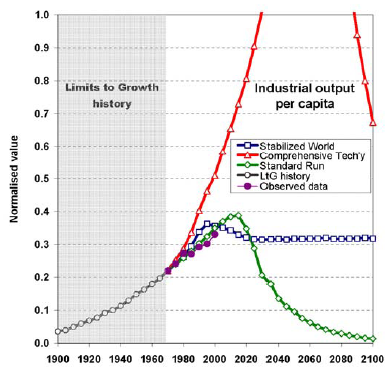Via ScienceDaily,
A large body of social science research has established that students tend to overestimate the amount of alcohol that their peers consume. This overestimation causes many to have misguided views about whether their own behaviour is normal and may contribute to the 1.8 million alcohol related deaths every year. Social norms interventions that provide feedback about own and peer drinking behaviours may help to address these misconceptions.
Erling Moxnes has looked at this problem from a dynamic perspective, in Moxnes, E. and L. C. Jensen (in press). “Drunker than intended; misperceptions and information treatments.” Drug and Alcohol Dependence. From an earlier Athens SD conference paper,
Overshooting alcohol intoxication, an experimental study of one cause and two cures
Juveniles becoming overly intoxicated by alcohol is a widespread problem with consequences ranging from hangovers to deaths. Information campaigns to reduce this problem have not been very successful. Here we use a laboratory experiment with high school students to test the hypothesis that overshooting intoxication can follow from a misperception of the delay in alcohol absorption caused by the stomach. Using simulators with a short and a long delay, we find that the longer delay causes a severe overshoot in the blood alcohol concentration. Behaviour is well explained by a simple feedback strategy. Verbal information about the delay does not lead to a significant reduction of the overshoot, while a pre test mouse-simulator experience removes the overshoot. The latter policy helps juveniles lessen undesired consequences of drinking while preserving the perceived positive effects. The next step should be an investigation of simulator experience on real drinking behaviour.


